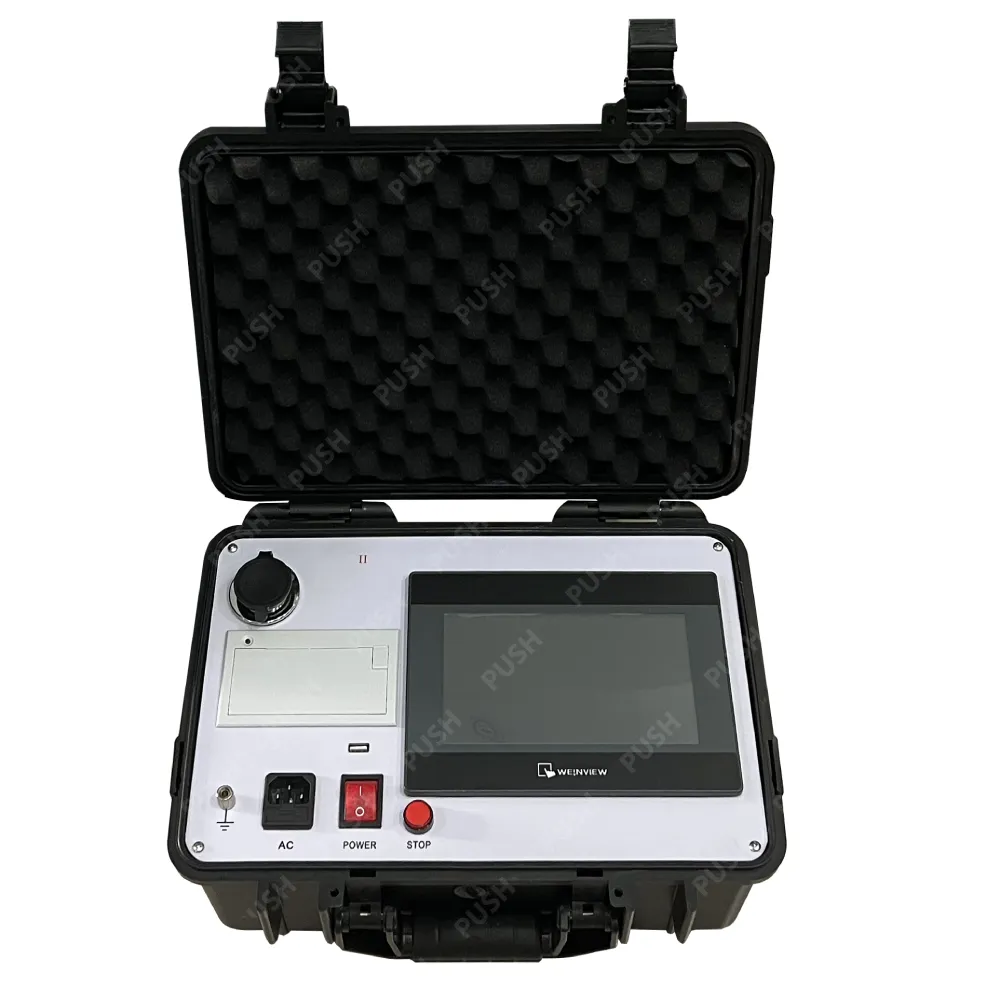 English
English



-
 Afrikaans
Afrikaans -
 Albanian
Albanian -
 Amharic
Amharic -
 Arabic
Arabic -
 Armenian
Armenian -
 Azerbaijani
Azerbaijani -
 Basque
Basque -
 Belarusian
Belarusian -
 Bengali
Bengali -
 Bosnian
Bosnian -
 Bulgarian
Bulgarian -
 Catalan
Catalan -
 Cebuano
Cebuano -
 China
China -
 China (Taiwan)
China (Taiwan) -
 Corsican
Corsican -
 Croatian
Croatian -
 Czech
Czech -
 Danish
Danish -
 Dutch
Dutch -
 English
English -
 Esperanto
Esperanto -
 Estonian
Estonian -
 Finnish
Finnish -
 French
French -
 Frisian
Frisian -
 Galician
Galician -
 Georgian
Georgian -
 German
German -
 Greek
Greek -
 Gujarati
Gujarati -
 Haitian Creole
Haitian Creole -
 hausa
hausa -
 hawaiian
hawaiian -
 Hebrew
Hebrew -
 Hindi
Hindi -
 Miao
Miao -
 Hungarian
Hungarian -
 Icelandic
Icelandic -
 igbo
igbo -
 Indonesian
Indonesian -
 irish
irish -
 Italian
Italian -
 Japanese
Japanese -
 Javanese
Javanese -
 Kannada
Kannada -
 kazakh
kazakh -
 Khmer
Khmer -
 Rwandese
Rwandese -
 Korean
Korean -
 Kurdish
Kurdish -
 Kyrgyz
Kyrgyz -
 Lao
Lao -
 Latin
Latin -
 Latvian
Latvian -
 Lithuanian
Lithuanian -
 Luxembourgish
Luxembourgish -
 Macedonian
Macedonian -
 Malgashi
Malgashi -
 Malay
Malay -
 Malayalam
Malayalam -
 Maltese
Maltese -
 Maori
Maori -
 Marathi
Marathi -
 Mongolian
Mongolian -
 Myanmar
Myanmar -
 Nepali
Nepali -
 Norwegian
Norwegian -
 Norwegian
Norwegian -
 Occitan
Occitan -
 Pashto
Pashto -
 Persian
Persian -
 Polish
Polish -
 Portuguese
Portuguese -
 Punjabi
Punjabi -
 Romanian
Romanian -
 Russian
Russian -
 Samoan
Samoan -
 Scottish Gaelic
Scottish Gaelic -
 Serbian
Serbian -
 Sesotho
Sesotho -
 Shona
Shona -
 Sindhi
Sindhi -
 Sinhala
Sinhala -
 Slovak
Slovak -
 Slovenian
Slovenian -
 Somali
Somali -
 Spanish
Spanish -
 Sundanese
Sundanese -
 Swahili
Swahili -
 Swedish
Swedish -
 Tagalog
Tagalog -
 Tajik
Tajik -
 Tamil
Tamil -
 Tatar
Tatar -
 Telugu
Telugu -
 Thai
Thai -
 Turkish
Turkish -
 Turkmen
Turkmen -
 Ukrainian
Ukrainian -
 Urdu
Urdu -
 Uighur
Uighur -
 Uzbek
Uzbek -
 Vietnamese
Vietnamese -
 Welsh
Welsh -
 Bantu
Bantu -
 Yiddish
Yiddish -
 Yoruba
Yoruba -
 Zulu
Zulu
Comprehensive Testing Methods for Transformer Under Full Load Conditions
Full Load Test of Transformer An Overview
A transformer is an essential component in electrical power systems, serving to efficiently transfer electrical energy between circuits through electromagnetic induction. To ensure the reliability and safety of transformers, conducting a full load test is crucial. This test assesses the performance of the transformer under its maximum expected load conditions, allowing for an evaluation of its operational capability and efficiency.
Purpose of Full Load Testing
The primary objective of a full load test is to verify that the transformer can handle its rated load without overheating, excessive losses, or other operational issues. During this test, the transformer operates at its full capacity for a specified period, and various parameters are monitored. These parameters often include voltage, current, temperature rise, and the power factor.
Conducting a full load test helps identify potential issues such as insulation breakdown, overheating, and load imbalance, which could lead to transformer failure or interruptions in service. Additionally, it provides data for calculating efficiency and performance metrics crucial for maintenance planning.
Test Procedure
The full load test typically involves several steps
1. Preparation Before initiating the test, all safety protocols must be established. This includes insulating the transformer from any external systems and ensuring that adequate cooling mechanisms are in place.
2. Initial Readings Baseline measurements are collected to establish the pre-test performance of the transformer. Parameters such as ambient temperature, oil temperature, voltage, and current are recorded.
full load test of transformer

3. Load Application The transformer is subjected to full load conditions, typically achieved by connecting a load bank that matches the rated wattage of the transformer. It is essential to simulate the operational environment as closely as possible.
4. Monitoring Throughout the test, temperatures, currents, and voltage levels are continuously monitored. Temperature rise is particularly critical since it indicates how well the transformer is dissipating heat generated during operation.
5. Duration The full load test is usually conducted for a defined period, often ranging from a few hours to several hours, allowing enough time to observe steady-state conditions and fluctuations.
6. Post-Test Evaluation After the test duration is complete, final measurements are taken, and the transformer is allowed to cool down. The data collected during the test is analyzed to identify any abnormalities in performance.
Importance of Data Analysis
Analyzing the results from a full load test is vital for assessing the overall health of a transformer. Key performance indicators such as temperature rise, efficiency, and losses (both core and copper losses) are calculated. Engineers look for deviations from expected performance, which could signal underlying issues.
Furthermore, this test provides valuable insights into the design and operational adequacy of the transformer. For instance, if temperature rises are above acceptable limits, it may indicate inadequate cooling or overloading beyond the design specifications.
Conclusion
The full load test of a transformer is a critical procedure to ensure that the device operates reliably and efficiently under its rated load conditions. By rigorously evaluating performance metrics, engineers can preemptively identify potential issues and minimize the risk of transformer failures. In an era where energy efficiency and reliability are paramount, conducting a full load test is not merely a best practice but an essential aspect of transformer maintenance and management. Regular testing not only prolongs the life of transformers but also ensures the stability of the electrical power grid they serve.
-
Transformer Test Essentials: Insulating Oil Tester and TypesNewsMay.30,2025
-
Grease Testers and Oil Determination OverviewNewsMay.30,2025
-
Exploring Electricity Usage Testers and GeneratorsNewsMay.30,2025
-
Essential Guide to Transformer Oil Testing ToolsNewsMay.30,2025
-
Ensuring Safety with a Circuit Breaker FinderNewsMay.30,2025
-
Electrical Safety Tools Hipot, Dielectric, VLF TestersNewsMay.30,2025



